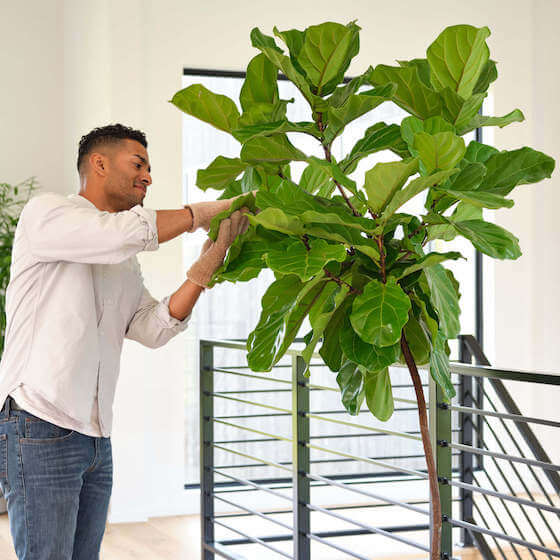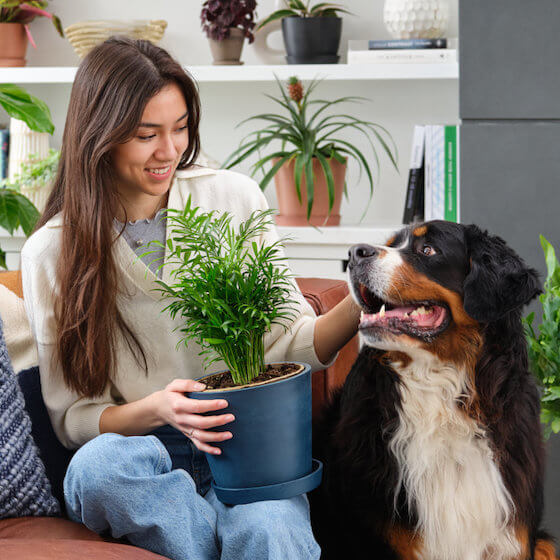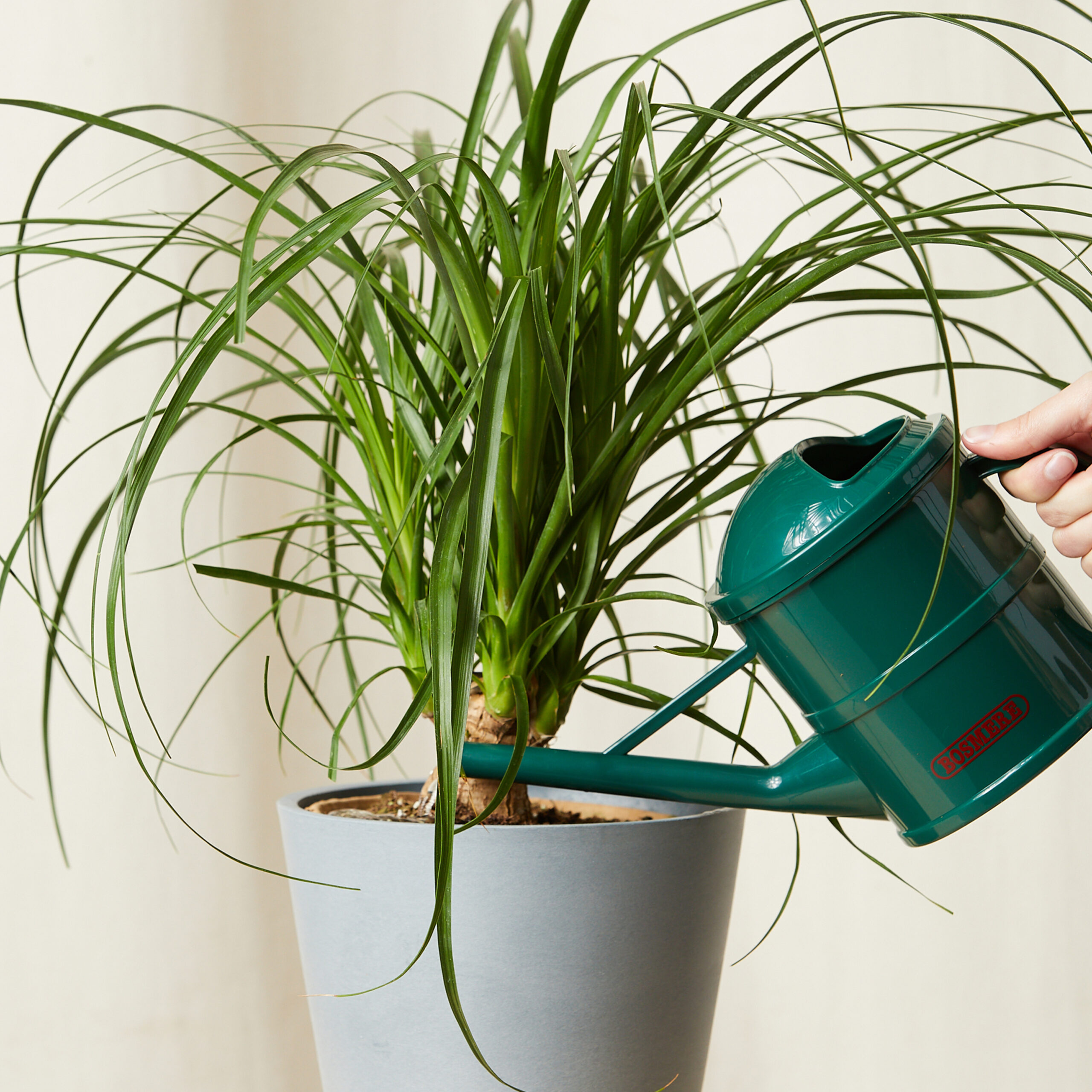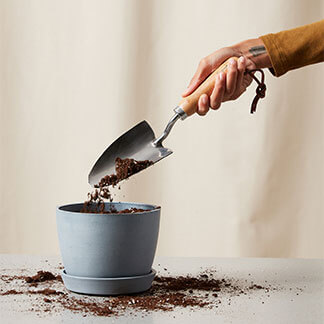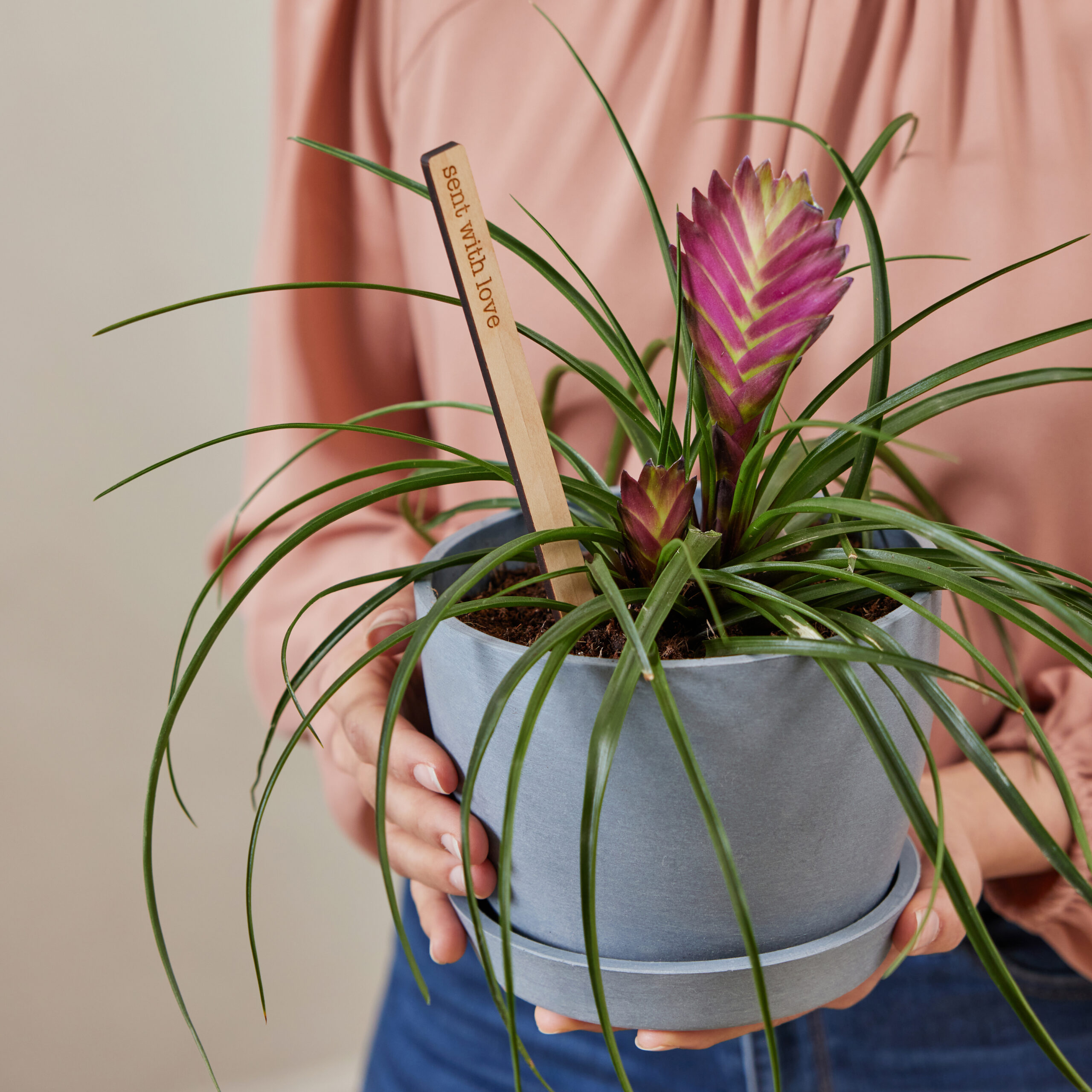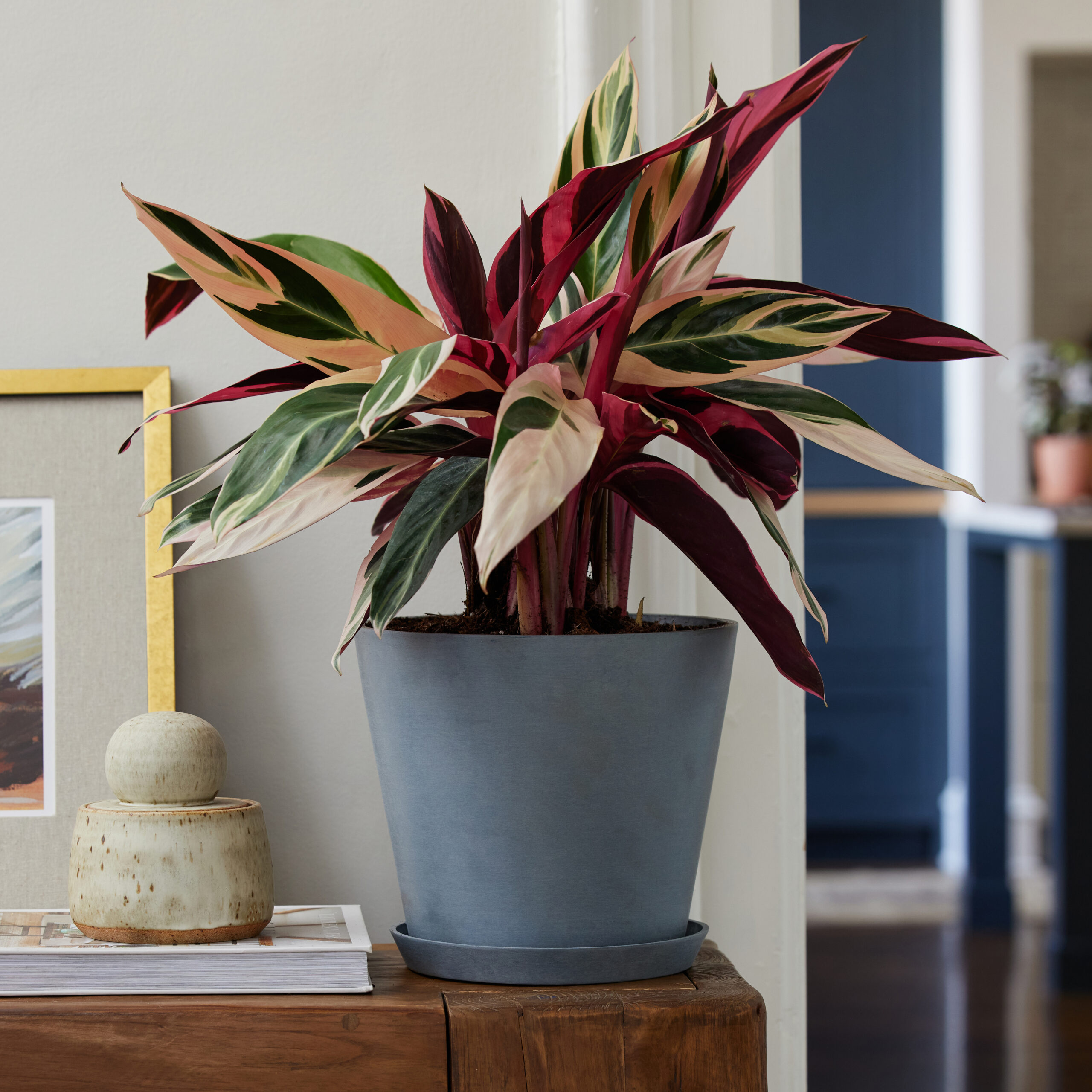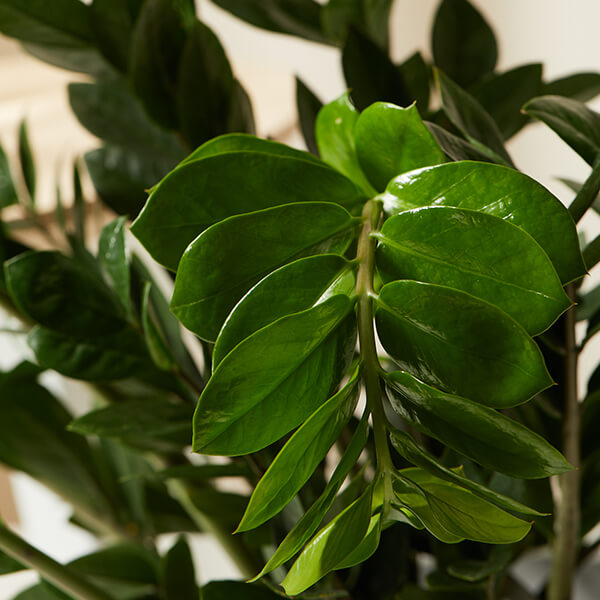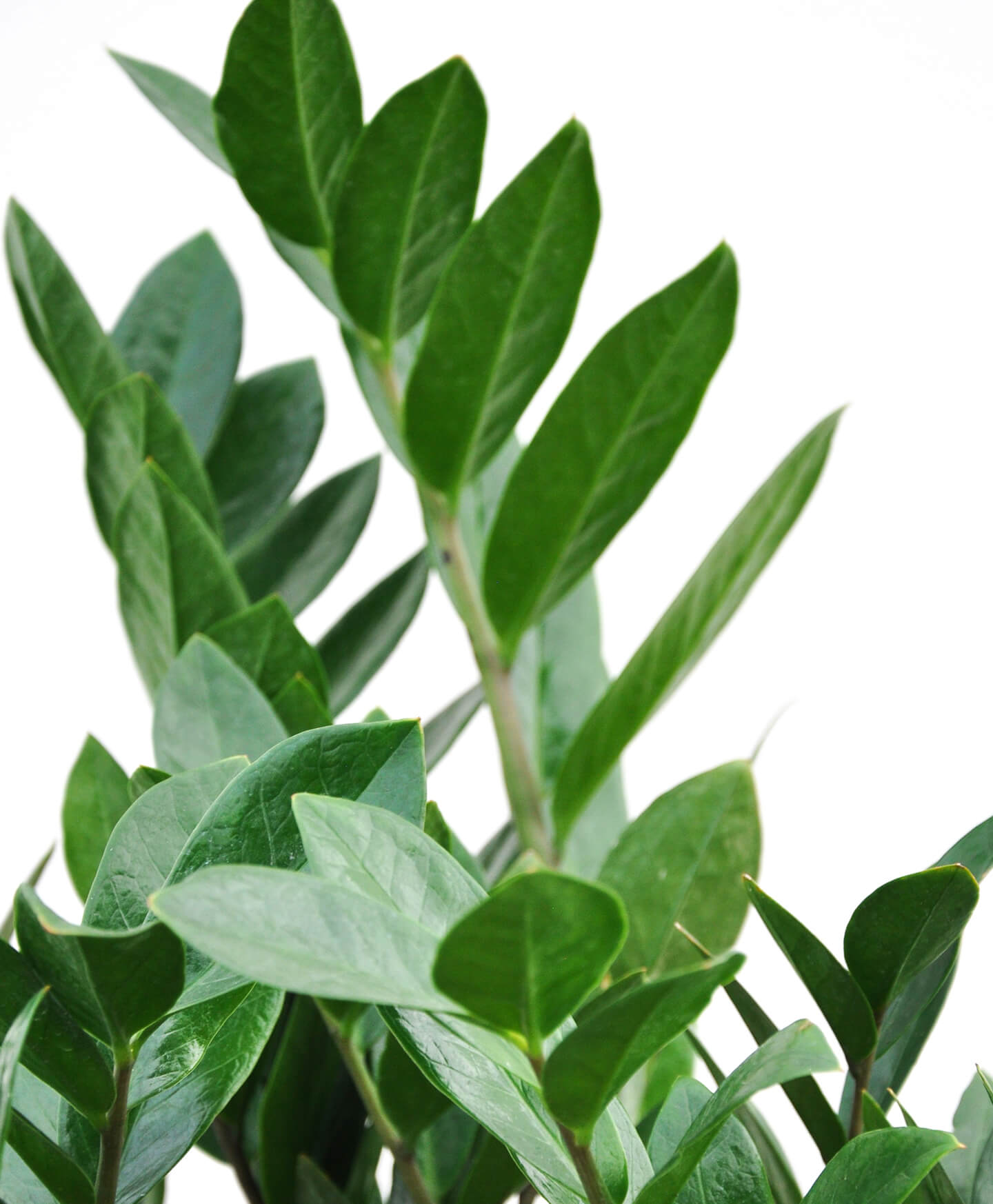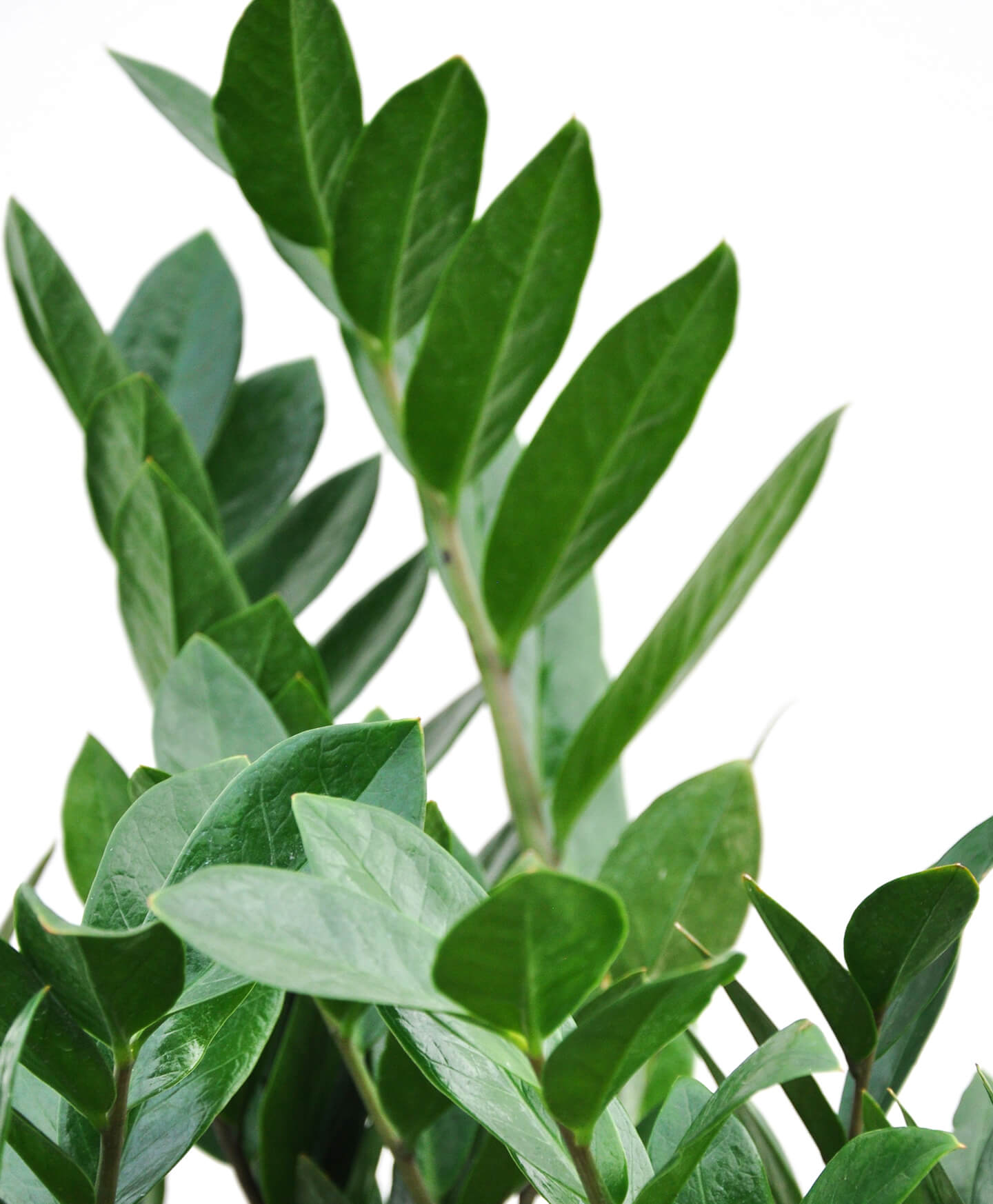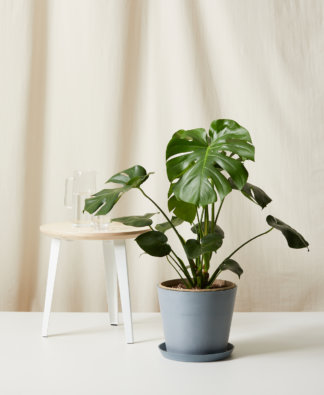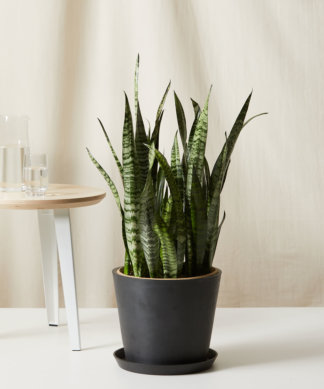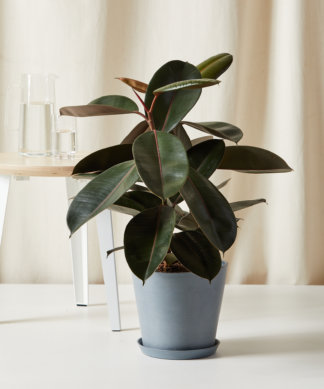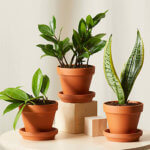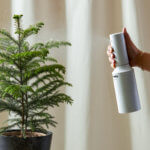How to care for your ZZ Plant
Use these instructions to care for a ZZ Plant. This guide will tell you how to water a ZZ Plant; its light, temperature, humidity preferences and any additional care it might need to help it grow.
Raven ZZ
Your ZZ plant prefers indirect bright light. It will tolerate low light and can even adapt to fluorescent lighting, but growth will slow. Avoid extended exposure to direct sunlight, which can scorch the foliage.
Water only when the soil volume is completely dry. Water until liquid flows through the drainage hole at the bottom of the pot and discard any water that accumulates in the saucer.
This plant does fine in average household humidity.
Your Raven ZZ Plant prefers temperatures between 60-75°F. Keep away from drafts and air vents, especially during the winter months.
Feed once in the spring and once in the summer with an all-purpose fertilizer for indoor plants. Do not apply fertilizer on dry soil.
This plant is considered toxic to pets and humans if ingested.
The ZZ Plant has evolved to survive extreme drought, so feel free to go a little longer between waterings. Bright yellow leaves are a sign the soil is staying too wet, and drooping or dropping leaves are a sign the plant needs to be watered. Clean the leaves with a soft cloth or dusting gloves and water to maintain the Raven ZZ’s signature glossy black look.
Zenzi Plant
Your Zenzi Plant prefers medium to bright indirect light, but it is extremely adaptable. It will tolerate low light and fluorescent lighting in a windowless space.
Water your Zenzi Plant only when the soil is completely dry. Water until liquid flows through the drainage hole at the bottom of the pot and discard any water that has accumulated in the saucer.
This plant does not require any extra humidity.
Feed once every month during the spring and summer with a liquid fertilizer for indoor plants.
Zenzi Plants are mildly toxic to pets and humans. Typically, ingestion will cause mouth and stomach irritation and possible vomiting.
Your Zenzi likes to be pot bound so repotting will not need to be done for quite some time. As a survival technique, the Zenzi Plant has evolved to start dropping its leaflets to conserve moisture during periods of severe drought. If you forget to water yours and see the leaves fall off, don’t give up hope! Water your plant immediately and it should come back. Yellow leaves can indicate overwatering.
ZZ Plant
Your ZZ Plant prefers medium to bright indirect light, but it is extremely adaptable. It will also tolerate a grow light close by in a windowless space, but if it doesn’t receive enough exposure to light, it will become leggy. Plus, you might be careful about leaving a ZZ Plant under direct sun exposure as this can scorch the leaves.
Water your ZZ Plant only when the soil is completely dry. From there, you can water once every few weeks, depending on how well your plant is adapting to its conditions. Try not overwater since this plant contains rhizomes which are necessary for storing water. Remember that your ZZ Plant is drought resistant.
Your ZZ Plant will still thrive in average humidity. If the spot where it’s placed becomes dry during the winter when your heater is running, you might place a humidifier in the room for a short while. Also, your ZZ Plant would appreciate a spot far from drafts and vents.
To keep your ZZ Plant happy, you can fertilize it once or twice during its growing season, but your plant can actually thrive even without regular feedings. When you do fertilize it, remember to dilute the indoor plant formula at half-strength.
ZZ Plants are toxic to pets and humans. Typically, ingestion will cause mouth and stomach irritation and possible vomiting.
As a survival technique, the ZZ Plant has evolved to start dropping its leaflets to conserve moisture during periods of severe drought. If you forget to water yours and see the leaves fall off, don’t give up hope! Water your plant immediately and it should come back. Yellow leaves can indicate overwatering.
Chameleon ZZ
Your ZZ plant prefers indirect bright light. It will tolerate low light and can even adapt to fluorescent lighting, but variegation is strongest in bright indirect light. Avoid harsh direct sunlight.
Water only when the soil volume is completely dry. Water until liquid flows through the drainage hole at the bottom of the pot and discard any water that accumulates in the saucer.
This plant does fine in average household humidity.
Your Chameleon ZZ Plant prefers temperatures between 60-80°F. Keep away from drafts and air vents, especially during the winter months.
Feed once in the spring and once in the summer with an all-purpose fertilizer for indoor plants. Do not apply fertilizer on dry soil.
This plant is considered toxic to pets and humans if ingested.
Wipe the leaves with a damp, soft cloth to keep their variegated patterns vibrant and dust-free. Rotate the plant every few weeks so all sides receive even light, which helps maintain balanced coloring. New leaves often emerge a bright yellow-green before gradually maturing to deeper green — this is a normal part of the plant’s growth cycle.
